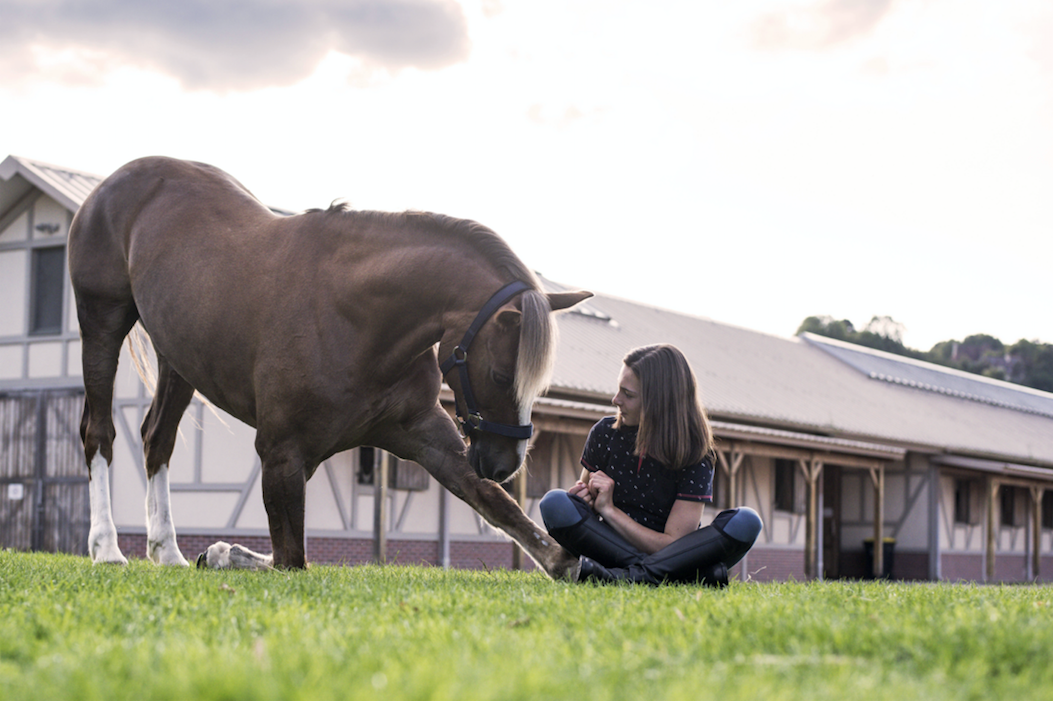
4 Ways to Understand Equine Communication
Share
As humans, we rely heavily on verbal communication with one another. Naturally, this directs us to seek out a horse’s vocalizations when assessing what they are trying to “say.” However, horses communicate more through body language rather than through vocal cords. What distinguishes great horsemen from others is the ability to read, understand, and respond to a horse’s body language. Spending time around horses, even watching them interact within a herd, can help you gain a better understanding of how horses communicate with each other. In addition, you will learn how that behavior corresponds with the ways they communicate with us.
Some of the most basic things to watch for when determining what a horse is telling you includes observing the following body signals: ear position, head carriage, facial expression, and tail movements.
Ear Position
The first thing to look at is the horses ear positioning. Forward signals alertness and attentiveness, while “pinned” back indicates a warning that the horse is agitated and may kick or bite.
Head Carriage
This is another important factor to consider: lowered is a sign of relaxation, and elevated is a sign of focus in the direction which they are looking (rather than being focused on you). “Snaking” or waving the neck from side to side is a sign of aggression.
Facial Expression
A major part in reading a horse’s facial expression is understanding the differences that horses express with their mouths, not just sounds. If a horse is standing with a drooping lip, it means they are relaxed, even possibly asleep. Chewing (when a horse is not eating) is a sign that the horse is relaxed and thinking or learning.
Observe your horse’s eyes as well. The movement of the eyes can tell you what a horse is thinking about and where their attention is directed, similar to reading another human’s eyes.
Tail Movements
Another form of communication is the tail position, a clear indicator of how a horse is feeling. A raised (flagged) tail is a sign of energy and excitement. A tucked or clamped down tail shows that a horse is nervous or stressed.
As you grow more familiar with these signs, it becomes easier to pick up on communication indicators signaled by a horse. While these are all important signs to look for when observing a horse’s body language, equine communication goes far deeper than what can be simply explained. Reading each of these signs is only a small step in beginning to understand how combining all of them leads to the complex “big picture” of what it is that a horse is saying to you.















